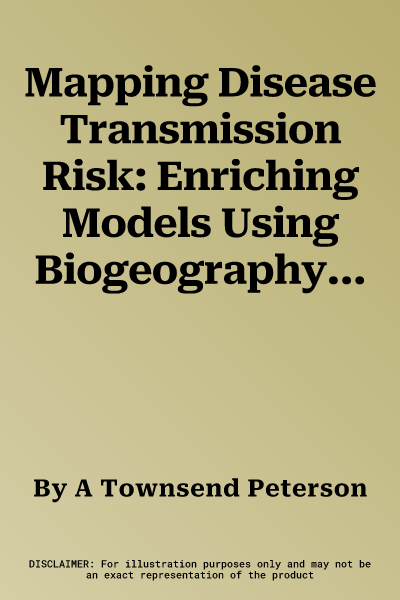A Townsend Peterson
(Author)Mapping Disease Transmission Risk: Enriching Models Using Biogeography and EcologyHardcover, 27 November 2014

Qty
1
Turbo
Ships in 2 - 3 days
In Stock
Free Delivery
Cash on Delivery
15 Days
Free Returns
Secure Checkout

Print Length
224 pages
Language
English
Publisher
Johns Hopkins University Press
Date Published
27 Nov 2014
ISBN-10
1421414732
ISBN-13
9781421414737
Description
Product Details
Author:
Book Format:
Hardcover
Country of Origin:
US
Date Published:
27 November 2014
Dimensions:
25.78 x
19.53 x
1.93 cm
Genre:
Medical/Medicine Aspects
ISBN-10:
1421414732
ISBN-13:
9781421414737
Language:
English
Location:
Baltimore
Pages:
224
Publisher:
Weight:
553.38 gm